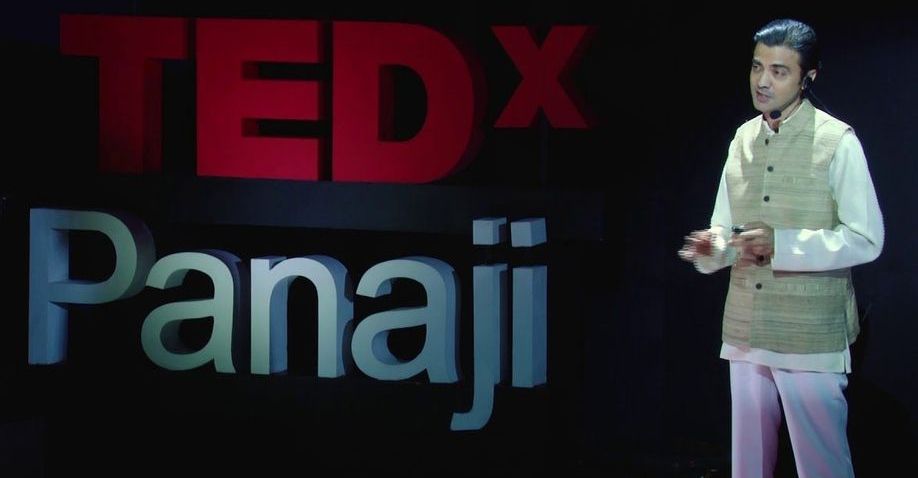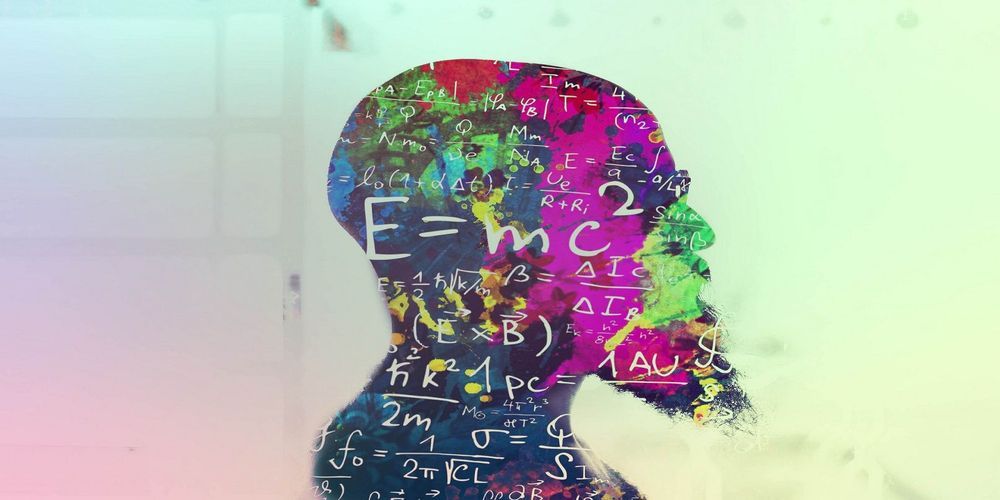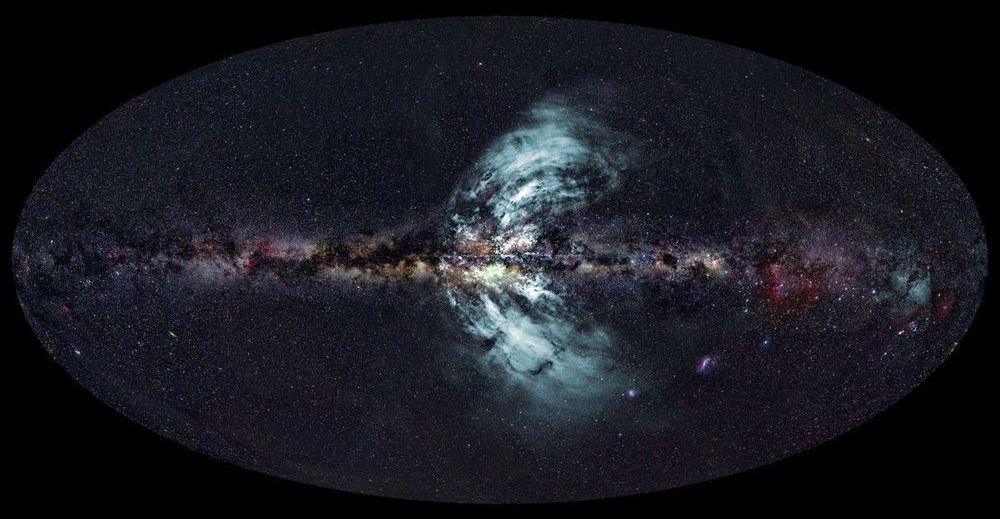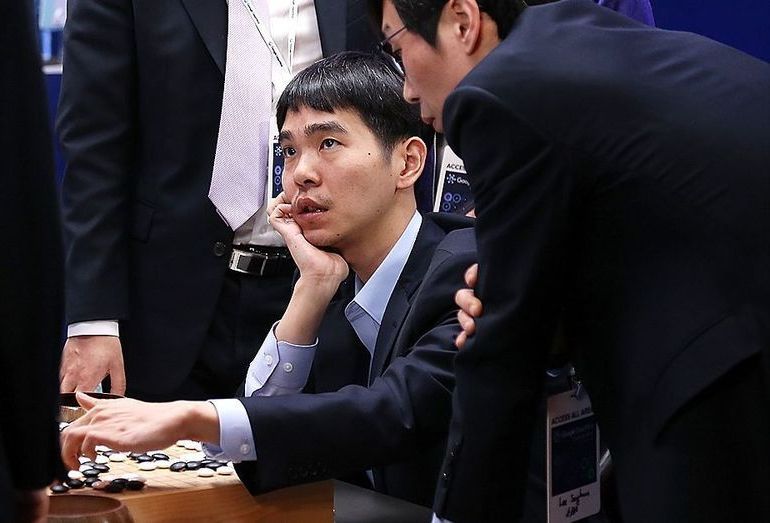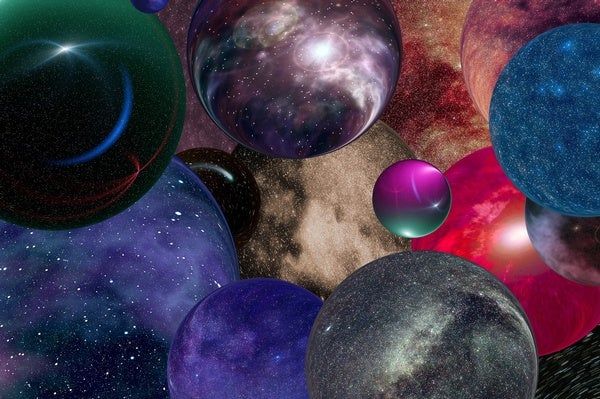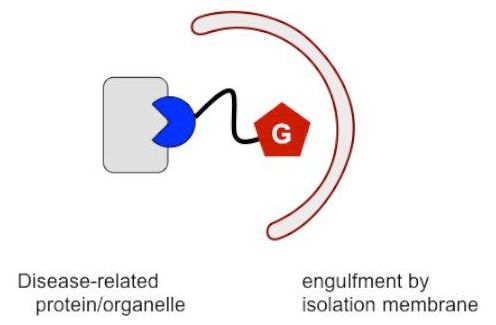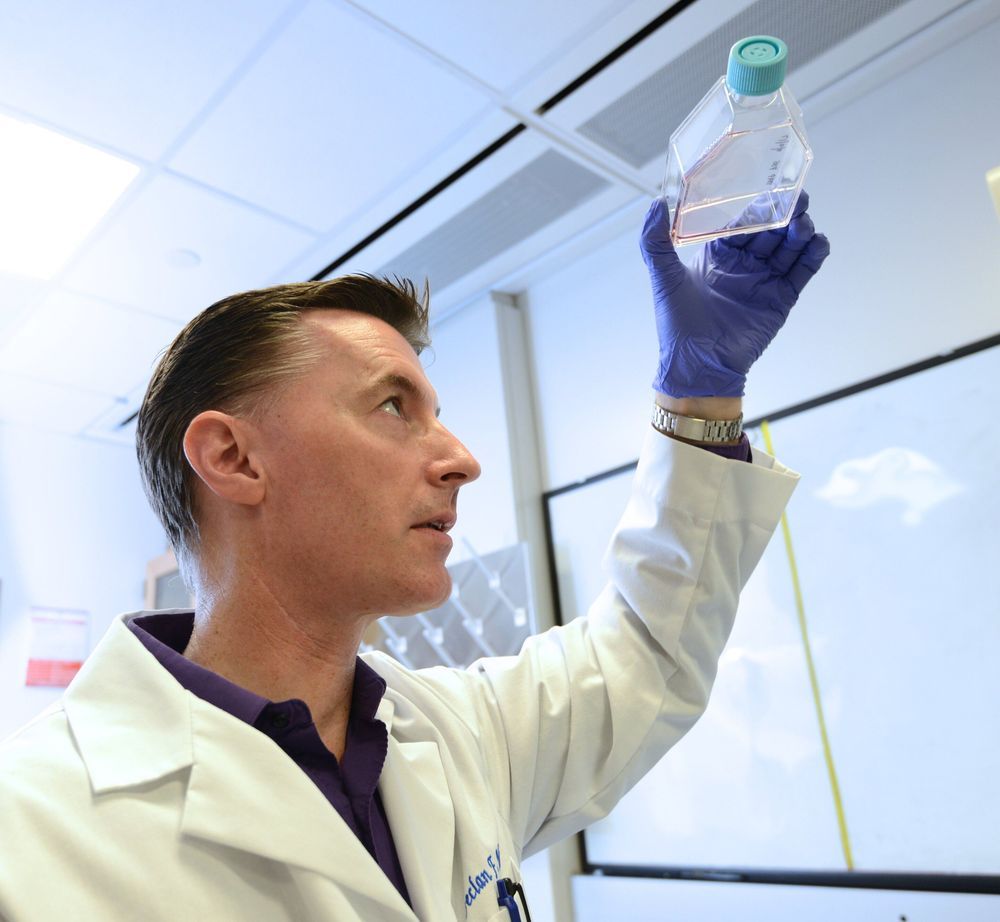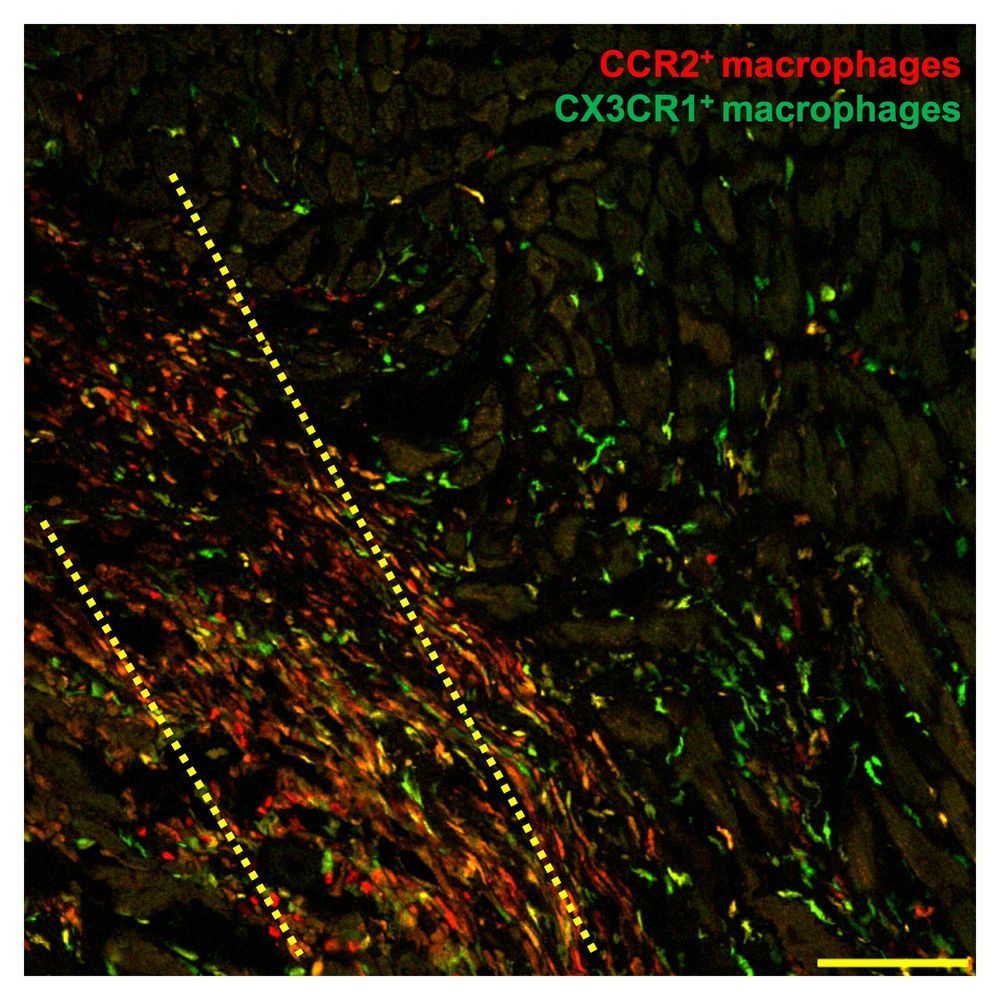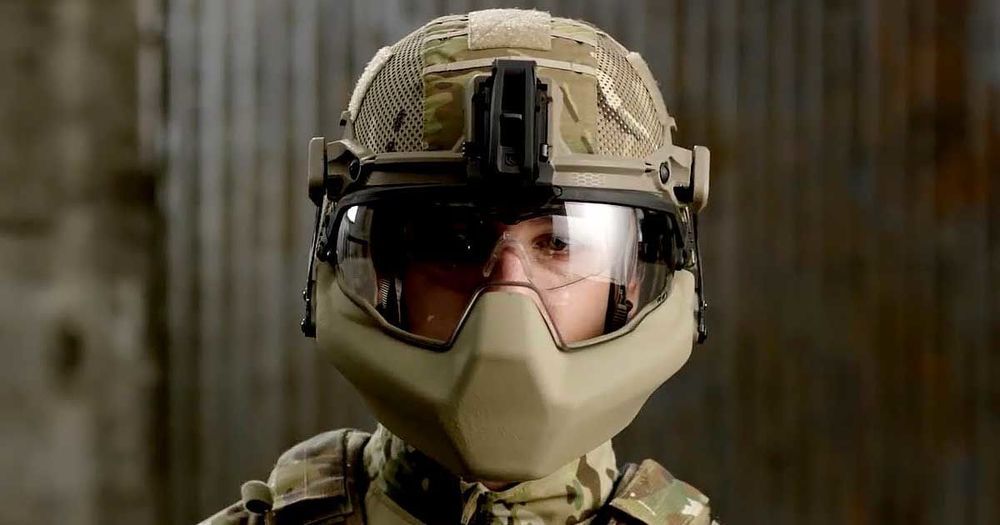NOTE FROM TED: This talk, which was filmed at a TEDx event, contains several assertions about diet that come from the speaker’s own understanding of nutrition. While some viewers may find advice provided in this talk to be helpful, please do not look to this talk for medical advice. TEDx events are independently organized by volunteers. The guidelines we give TEDx organizers are described in more detail here: http://storage.ted.com/tedx/manuals/tedx_content_guidelines.pdf
Can you cure your self from life threatening health problems? Can you reverse ageing? Darryl D’Souza, an expert in natural therapy and pioneer in integrated wellness and spirituality talks about how he reversed ageing by following simple laws of nature about food and nutrition. How the food that we eat today has become our poison and how we can reclaim our lives and good health. Darryl is the author of “Become Healthy or Extinct”, a book about reversing chronic illnesses with integrated natural therapy. The book has followers in over 150 countries. An engineer by profession, but drawn into the world of natural therapies after failed attempts by modern medicine to cure him of some serious illnesses at a young age. Darryl is a pioneer in Integrated Wellness & Spirituality and conducts life-transforming talks & workshops that expose the real causes of widespread sickness in society and he gives you breakthrough ideas on how to become part of the solution instead of being part of the problem. This talk was given at a TEDx event using the TED conference format but independently organized by a local community.
